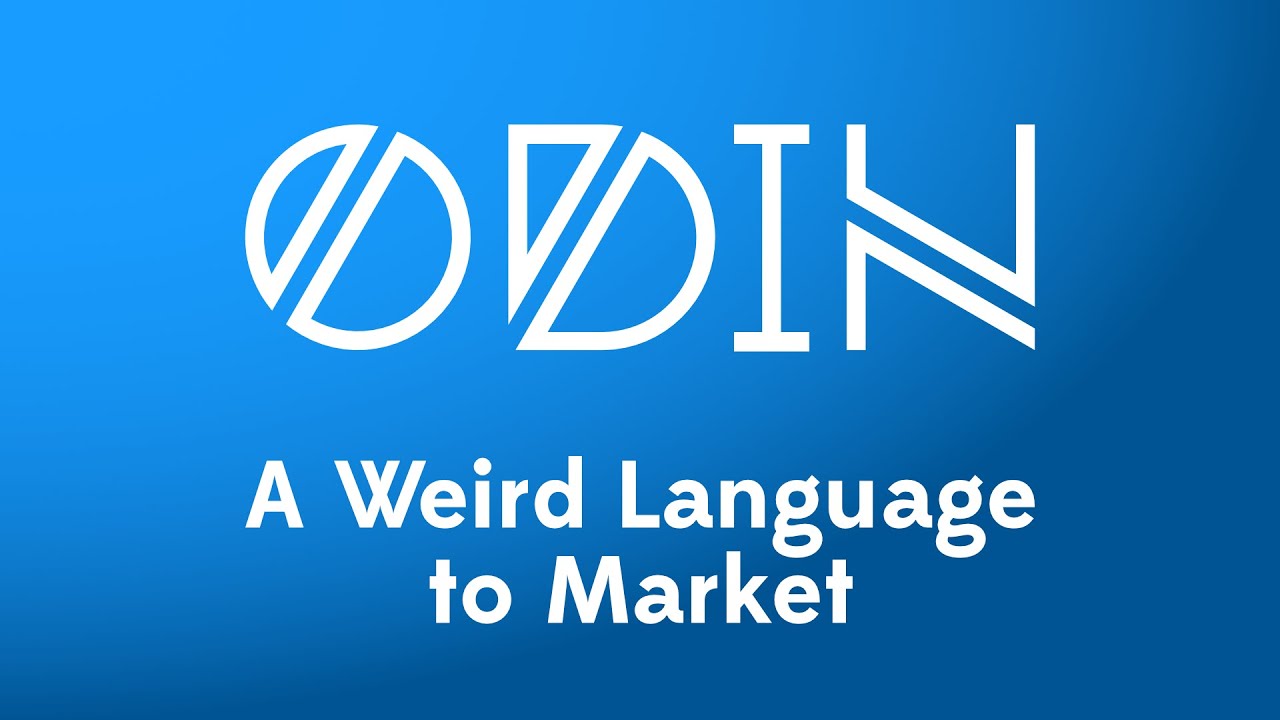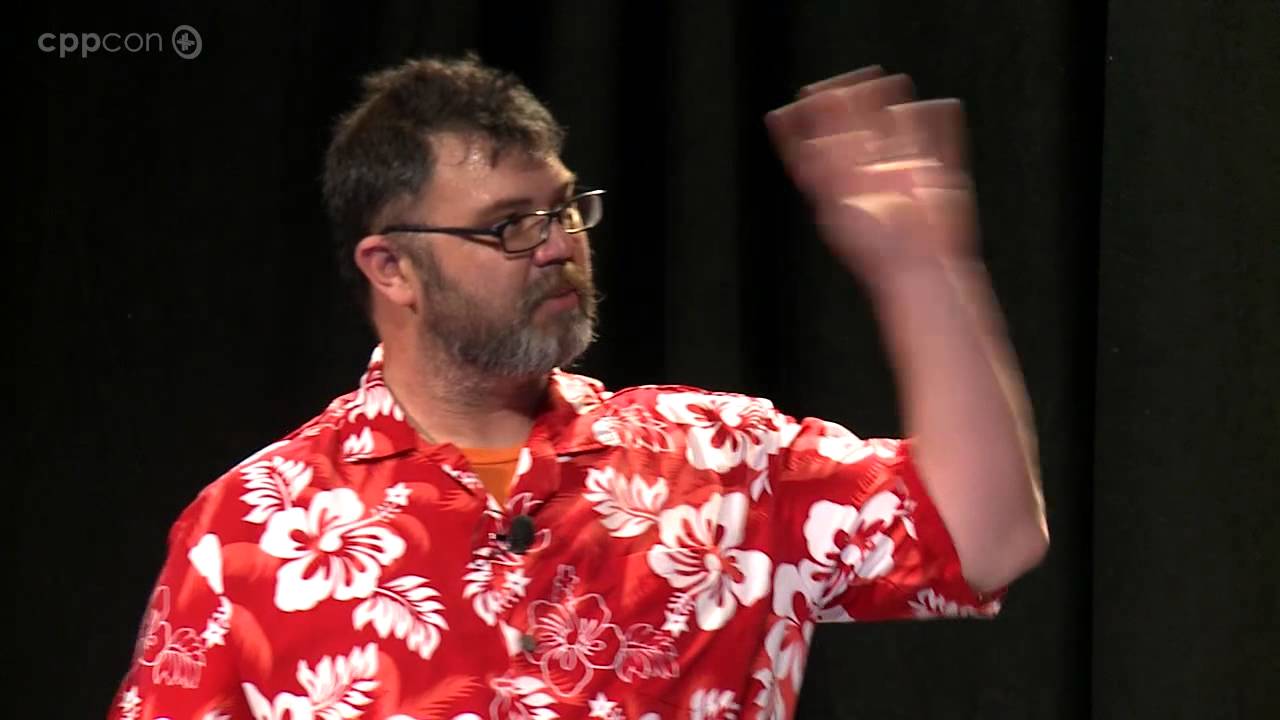Interpreting the YouTube Comments
Many comments on this video mention that The Overview is not a good tutorial. Let me say this: I’ve been part of a company where the standard gut reaction to this type of complaint was common. “Well actually The Overview is not meant to be a tutorial and there are plenty of other resources…”
I understand the urge to respond like that. But I can say after seeing it up close it can drive people away in a very damaging way (let me give credit, Bill is very self-aware and I think fairly non-offensive about this). Yes, the complaint is slightly misguided, but be charitable and see through it.
I appreciate a project being modular, including resources. That being said, there is no reason there can’t be a “sane default” of introductory information. A happy path. Perhaps we should find a way to pay Karl to make his book open source, I’m not sure exactly.
Bill, you made a good point about how people think about the layers of a project: langauge, compiler, packages, ecosystem. When people are new they see it all as one thing, that even includes tutorials. I think Odin is actually pretty close to plug-and-play, so why not go an extra step and accommodate bewildered newbies by giving them more instant gratification?
My Concerns
I want Odin to be successful, because I use Odin. I don’t want my projects to fall victim to a decaying ecosystem. Before the video I figured indiscriminate attraction to new users was good.
But now maybe I think attracting the right people for project stability is better. Stability is better than activity as far as I’m concerned. Quality over quantity perhaps.
How to Market?
Odin is C perfected
is one idea.
I have some notion that Odin is analogous to Apple. It gives you access to the same thing as the competitor but in a way that offers a sigh of relief and a serene simplicity.
If you want to lean into this, which is part of “The Joy of Programming” I repeat my earlier suggestion: step into the minds of people who view ‘Odin’ as the whole ecosystem. Commit to making their experience getting started as painless as Python.
Put something on the front page which gives newbies the happy path. I don’t think you need to sacrifice the modularity or generality advanced users want. Look at all the success with people having fun with Odin and Raylib - they don’t all necessarily care about the details behind that, they just finally get to have fun putting pixels on the screen without much obfuscation.
People want to get into systems programming but are intimidated. They don’t want to tell you they don’t understand some of the steps, but they are attracted to Odin because if systems programming is already daunting, the least jank language is a safe bet.
Maybe that’s a good line:
Odin is the least jank systems language

